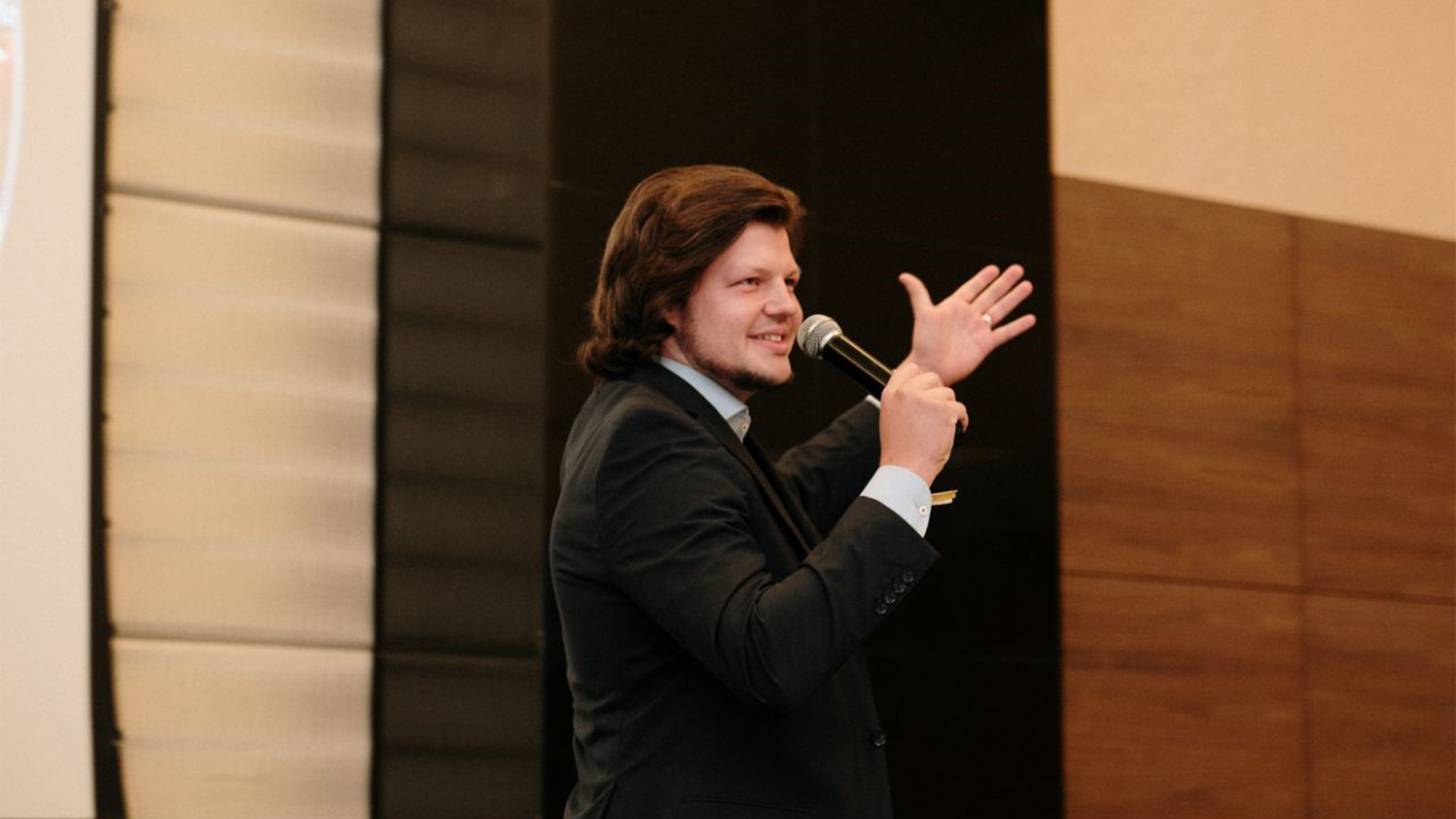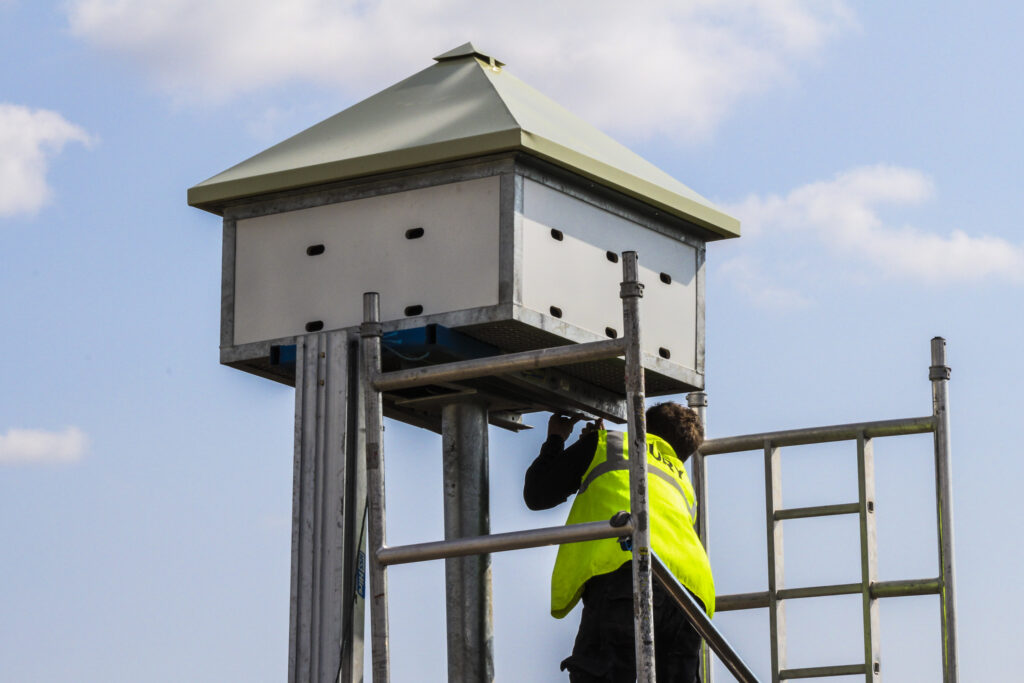-
Blog
-
About us
- Awards
- Issues
- Contact Subscribe
Blog page






Our Top Categories
How the Right Company Culture Shapes High-Performing Teams: Using Data to Drive Success
Top Read In Category
asdsd

The Marketing Mogul Building an Empire
Top Read In Category
asdsd

Changes to the Employment Relations Act 2023: How Does It Affect You?
Top Read In Category
asdsd

7 Game-Changing Reasons to Start a Video Podcast for Your Business
Top Read In Category
asdsd

The Key Steps in the Loan Origination Process
Top Read In Category
asdsd

How to Find Reliable Transport Services for Your Large Items
Top Read In Category
asdsd










